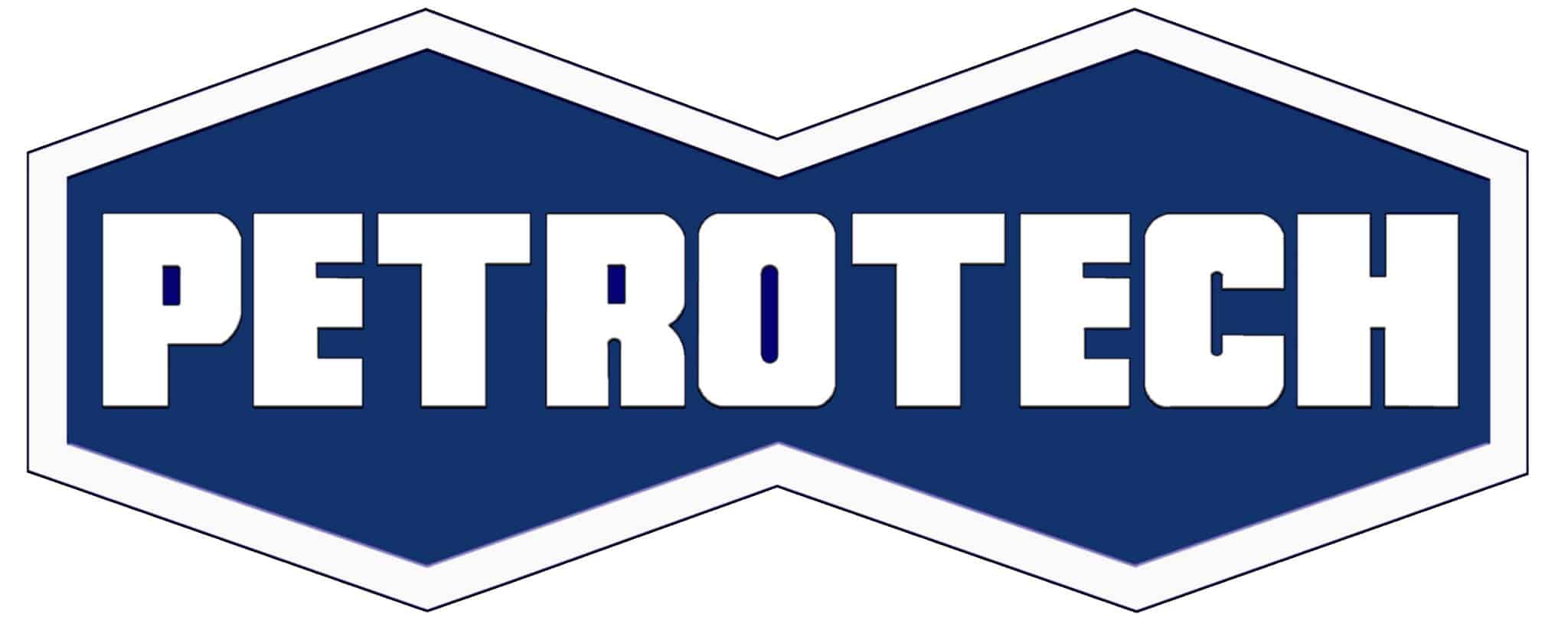
Possible Causes of Vibrations in Steam Turbines
Steam turbines are efficient but complex machines, meaning that there are a number of possible ways they may malfunction. One such malfunction is known as vibration, which occurs as a result of impacts between stationary and rotating parts. Although there are a number of solutions for vibration, early detection through technical consultations is key to maintaining proper efficiency and preventing possible damage to the machine.
How Steam Turbines Work
Steam turbines are powered by steam, meaning the first step is to heat water to an extremely high temperature. Generally, the water is heated by a fossil fuel, solar heat, or another type of renewable energy. Then, the steam from the boiler is pumped into the steam turbine, rapidly turning the turbine blades and resulting in mechanical or rotational energy. After, the steam is passed into a cooling tower or cooled naturally using a lake or river. Some steam will be converted back into water to create the process again. Steam turbines have a wide range of uses, but they are often used as mechanical drives for pumps, compressors, and generators.
The Root of the Problem of Vibration
The problem of vibration is generally originated when rotors in the turbines bend. This bending often occurs during some of the turbine’s operational evolutions, leading to vibration or even system failure down the line. However, the resulting vibration is not the problem itself, but rather a symptom of system-wide flaws. In fact, rotor bending is one of the most serious problems that power plants face, as they can limit generation as well as cause the plant to spend more money and time on operation and maintenance costs.
The Cause of Vibration
During operation, steam turbine rotors are expected to bend, to an extent. There should be a system of bearings and supports put in place to keep the static and dynamic forces within expected and controlled range. This often results in what is known as cascading impacts, meaning it begins an unavoidable chain of events that negatively affect the system. In this case, it results in vibration, inefficiency, and the need for technical consultations and possibly maintenance down the line.
Other Effects of Rotor Bending
Insufficient clearances in the labyrinth or diaphragm of a system often result in rubbing, which can have a number of negative effects on the turbine, including vibration. In addition to vibration, rubbing can disrupt the end sealing of the rotor. Contact between a rotor operating at high speeds and a stationary surface not only leads to damage but also creates localized temperature increases where contact is made, raising the temperature of the metals because of friction. Additionally, this rubbing can create elastic deformations on the rotors themselves, leading to a further increase in vibration levels. In a 3,000-rpm turbine, bending is permissible up to 0.02-0.03 mm in any given section, but the limit is 0.05 mm on turning gearing. If bending exceeds these limits, it could result in permanent deformation of some components of the turbine.
Uneven Cooling and Warming
Uneven cooling and warming of rotors can also increase vibration in the unit. Uneven cooling can cause the rotor to contact stationary surfaces, meaning that a high-temperature rotor could bend due to its mass if it is left to cool in a stationary position. Uneven warming can result in shaft bending for similar reasons: rotor contact with stationary parts, increased temperatures, and more bending.
Although steam turbine vibrations are not the problem itself, they are a symptom that indicates complications in a turbine that should be addressed quickly to avoid permanent damage. For more information about the operations of steam turbines and Petrotech control systems that keep them functioning smoothly, visit our literature library or give us a call at (504) 620-6600 today.
